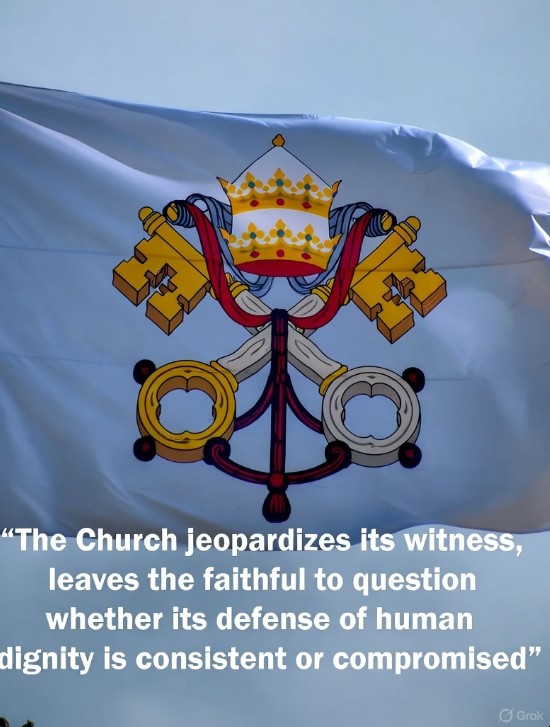Why Tolkien Made March 25 the Day the Ring Was Destroyed, by Joseph Pearce

Fr. Jerry Pokorsky: Intrinsically Evil Acts and Repentance
March 25, 2025
RFK Jr. and the Approaching Death of Major Media, by Scott McKay
March 25, 2025
Agostino Masucci (1691–1758). Statens Museum for Kunst. Ppublic domain
By Joseph Pearce, National Catholic Register, March 24, 2025
Joseph Pearce Joseph Pearce is Visiting Professor of Literature at Ave Maria University and a Visiting Fellow of Thomas More College of Liberal Arts (Merrimack, New Hampshire). The author of more than 30 books, he is editor of the St. Austin Review, series editor of the Ignatius Critical Editions, senior instructor with Homeschool Connections, and senior contributor at the Imaginative Conservative and Crisis Magazine. His personal website is jpearce.co.





